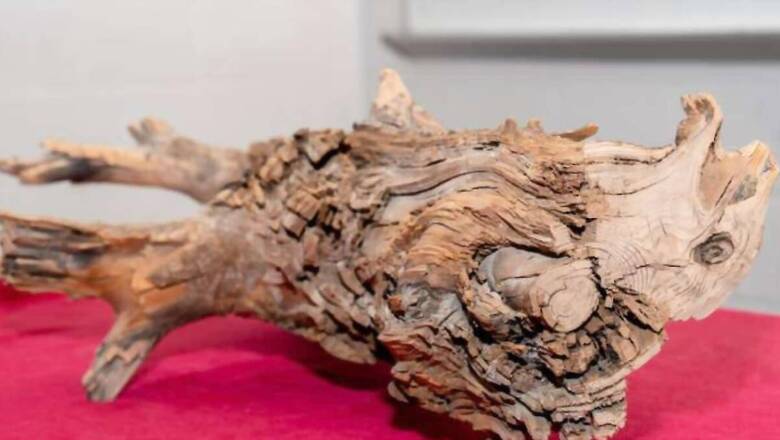
views
With global warming affecting weather patterns, scientists have been looking for new methods to slow down the process and deal with climate change. In a recent study, published in the journal Science on September 27, scientists unveiled a new strategy to reduce carbon emissions. The research is based on an ancient log, which remained buried under low-permeability clay soil for four millennia. A group of scientists, under the supervision of University of Maryland Atmospheric and Oceanic Science Professor Ning Zeng, analysed the 3,775-year-old log and the soil in its surrounding area.
The researchers were stunned after finding the log in near-original condition. The result of the analysis showed that the log released only 5 percent carbon dioxide from its original state and it happened because of the cover of clay soil. According to Ning Zeng, the “solid wood” could have been used to “make a piece of furniture.”
The study led the team to find a perfect solution to climate change– “Wood Vaulting.” The team has been working on perfecting the method, using the environmental factors that can prevent the decomposition process of wood. Wood vaulting means burying unused wood items and trees under specific conditions to stop them from decomposing and emitting stored carbon dioxide into the atmosphere.
Ning Zing, however, feels the process is not as simple as it seems. The soil, which will be used in the preservation, must have the ability to prevent oxygen flow and limit exposure to fungi and insects.
“People tend to think, ‘Who doesn’t know how to dig a hole and bury some wood?’ But consider how many wooden coffins have been buried throughout human history—how many have survived? For hundreds or thousands of years, we need the right conditions,” Zeng explained.
The team of researchers started working on the wood vaulting project in 2013 when they discovered the ancient log in Quebec. It was found almost 6.5 feet below the surface. The scientist then decided to analyse the preservation of that Eastern red cedar.
Thanks to the protective clay soil, the wood retained all of its carbon dioxide. Zeng believes this wood vaulting process can be merged with other climate strategies to reduce greenhouse gas emissions.



















Comments
0 comment